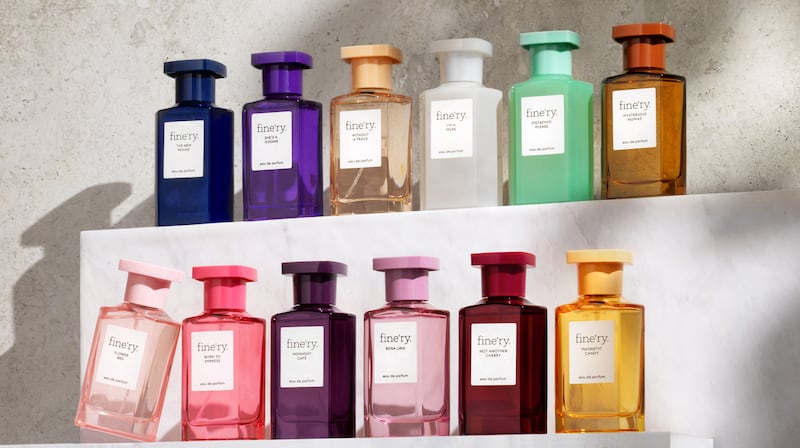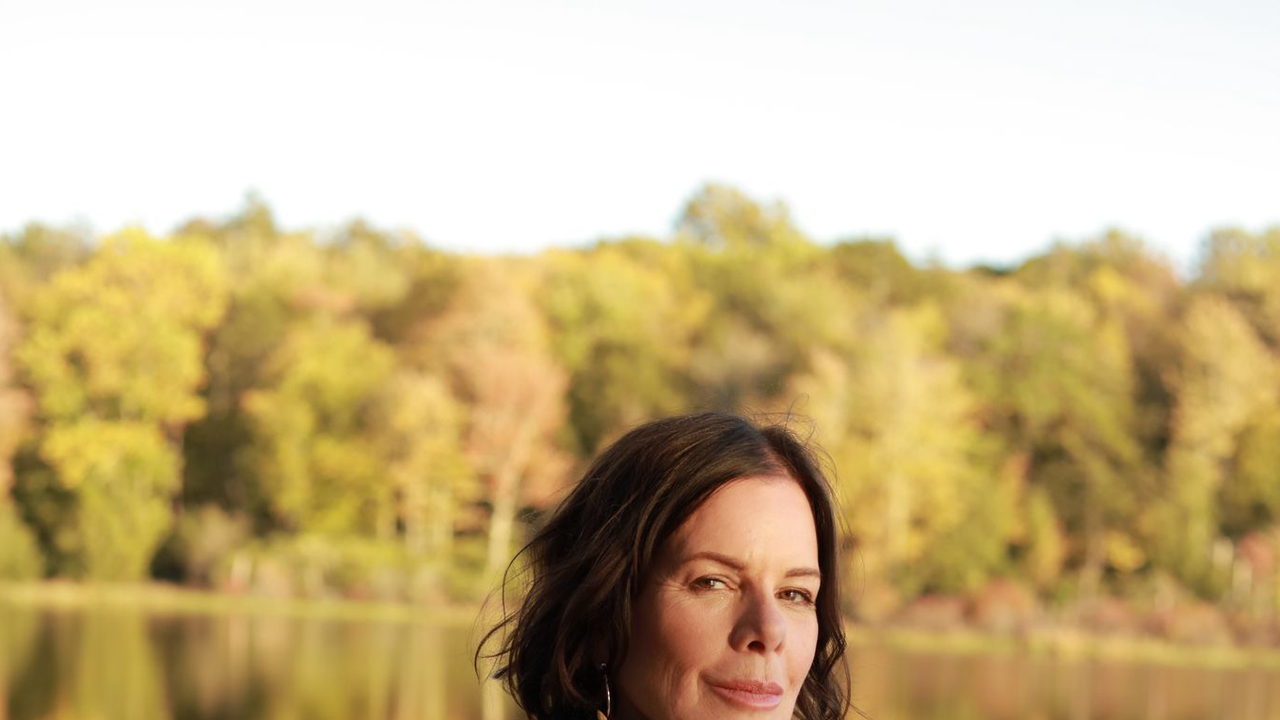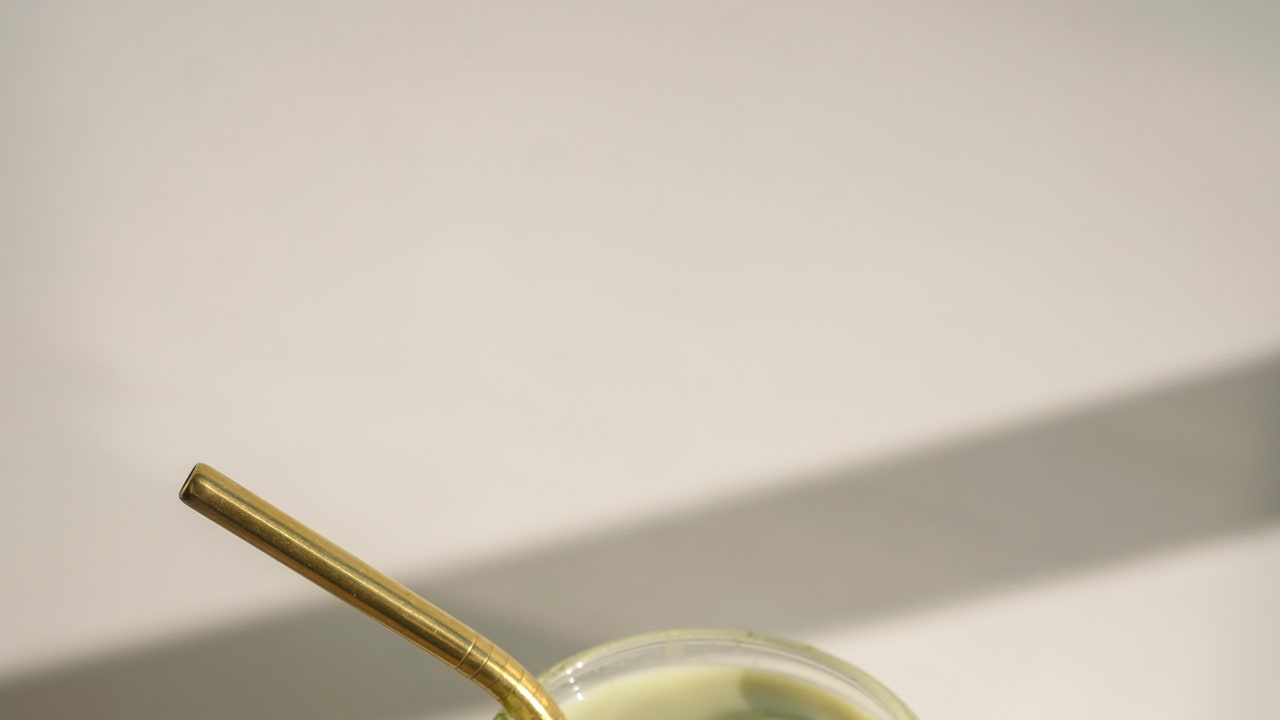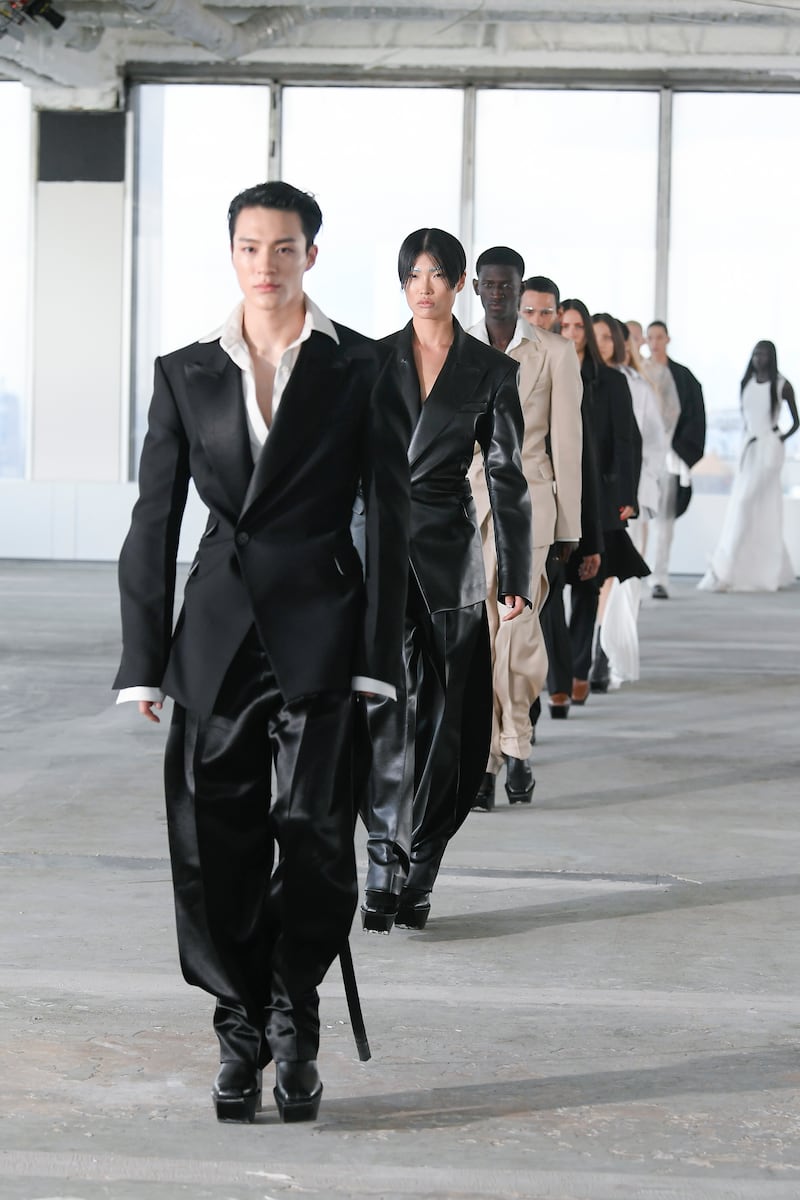Long considered one of the most resilient discretionary categories, the beauty industry is experiencing a slowdown — one that is impacting its biggest conglomerates and its hero categories. To navigate this new market reality, brands are reevaluating their positioning, channel strategies and their relationships to core customers.
To chart these changes together, The Business of Beauty gathered founders, executives and entrepreneurs from across the beauty, wellness and financial sectors at Spring Studios in New York. The evening was an opportunity for intimate networking with peers and also featured an Executive Briefing — a presentation designed to distil The Business of Beauty’s market-leading coverage into actionable insights.

“Everyday, everyone in this room is having to make business-critical decisions in a rapidly changing market,” said Johanna Stout, chief business officer and head of beauty at The Business of Fashion, in her opening remarks. “The amount of information required to make strategic decisions has grown exponentially, as well as the variety of insights across consumers, technology and regulation that is required to remain competitive.”

To unpack the complexity and brief the executives in the room, Priya Rao, executive editor of The Business of Beauty, and Alice Gividen, BoF’s director of content strategy, analysed and offered perspectives on the biggest beauty takeaways from the last quarter.
ADVERTISEMENT

Their discussion began with the evolving impact of President Trump’s tariffs — particularly in relation to South Korea — putting an end to the decade of free trade that helped to spur US consumers’ obsession with K-beauty. Gividen and Rao discussed the risks of cutting off access to innovation that consumers are not only accustomed to, but now demand.
The conversation turned to the importance of a multi-channel strategy in 2025. Activate Consulting finds that the average consumer has a 32-hour long day thanks to multitasking across different channels — from TV and audio, to mobile, e-commerce, gaming and sports.
Indeed, sport was identified by Rao and Gividen as a key investment for beauty brands that want to organically hold consumer attention. The scope of opportunity was discussed— from the rise and rise of women’s sports, through to brand-building opportunities and first-mover advantage in hyper-local community sports like padel.
The conversation concluded with a discussion around the opportunities and complexities of “longevity” in beauty, as the industry’s biggest conglomerates have been quick to invest in this space. While L’Oréal Group invested in the longevity biotech brand Timeline, Estée Lauder Companies has continued its longevity-focused partnership with Stanford. Rao and Gividen discuss the longevity strategies gaining traction with customers, but cautioned brands to avoid committing to promises they cannot fulfil.
Activate subscriptions to The Business of Beauty for you and your team today, for access to in-depth reporting, competitor analysis and exclusive insights.
The Business of Beauty’s senior strategists are available to deliver Executive Briefings in-house, tailored to your business. Please get in touch here to arrange one.



















